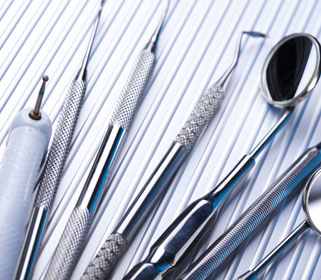Home » Lab Equipment Supplies » Differential Cell Counters
Differential Cell Counters
Accurately Counting White Blood Cells: Differential Cell Counters
White blood cells (WBC) are nucleated cells circulating in the bloodstream. A standard concentration ranges between 4000 and 10,000 per microliter. Among their more significant roles are those involving immunity and phagocytosis. As principle defenders against infection, it is important to measure their presence in the blood. This is accomplished using differential cell counters.
What Does a Differential Cell Counter Measure and Why?
Blood differential tests perform a singular task. They register the percentage of every kind of white blood cells (WBC) present in the patient’s blood. Only a single drop is required, thinly spreading it on a glass slide, allowing it to dry then staining it before proceeding. Lab or blood technicians then use the machine to count the number of WBCs or leukocytes present, hence the name.
The standard number of cells counted before classification is 200. By evaluating the number of WBCs in this blood sample, a differential cell counter can reveal the presence of immature or abnormal cells including:
- Platelet size irregularities
- Erythrocyte abnormalities
Classification of Differential Cell Counters
Essentially three basic types of differential cell counters are available on the market for laboratory use. These are:
- Manual
- Semi-automatic
- Automatic
Each machine possesses a set number of strokes. The keys identifying these strokes range anywhere from two to 8. Morphological experts are capable of deriving precise results from all counter types.
Selecting Differential Cell Counters: Desired Qualities
When deciding on what differential cell counter to purchase, look at the device’s
- Accuracy – read reviews on each model
- Durability – it must be able to withstand constant use and even abuse if it is employed in field work
- Purpose – indoors or field lab work
- Ease of use
- Speed of results
- Manual or automated
These factors should narrow down the various models of differential cell counters to a select few.














